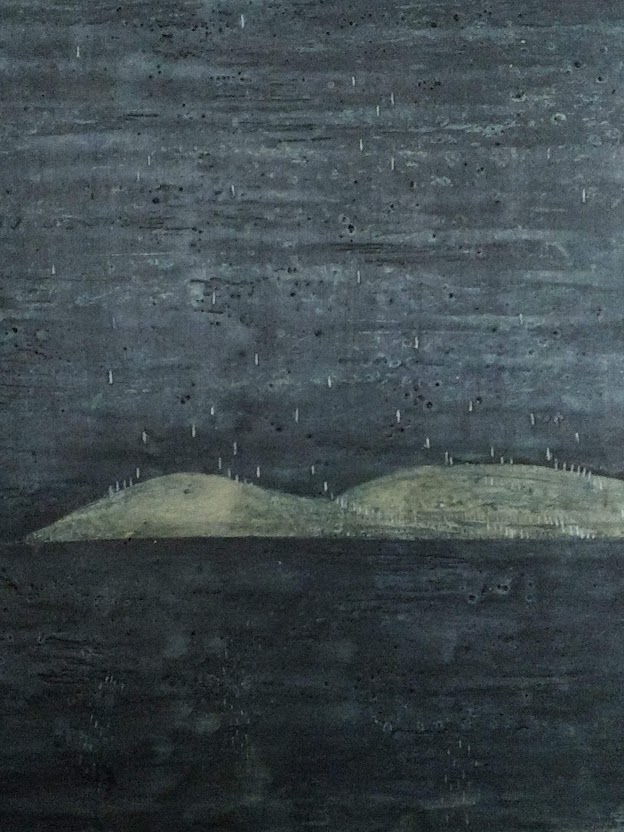By Katie Stine
The nurse on the phone was frantic. I rolled out of bed; it was after midnight. When I walked down the stairs, my phone rang. I assured her again: I would arrive in the Neonatal Intensive Care Unit in less than twenty minutes.
I drove to the hospital, retrieved my echo machine, and walked to the NICU. The walk to the NICU was the longest portion, and in the middle of the night, after the third phone call, I ran, pushing my machine the size of a washer/dryer unit as fast as I could safely take the corners.
As the nurses and doctor tried to get IV access on this tiny patient, I booted up my machine. I phoned the physician who I was on call with, but he didn’t answer. I washed my hands for thirty seconds, the time it takes to sing “Happy Birthday”; they got access, my machine was up, the baby was small and grayish-purple.
I asked questions to the air, receiving answers from whomever was in earshot, as I put ultrasound gel on our tiniest probe, the 12 MHz transducer. Think of the classic number two pencil. Now turn it around so you can write with the eraser.
A stone settled in my gut when I saw the problem: there were two good-sized pulmonary arteries exiting the heart, but the pulmonary valve itself didn’t develop. Blood couldn’t move from the right ventricle to the pulmonary arteries, taking used blood from the right side of the heart to the lungs.
The patent ductus arteriosus, a structure open in utero, should close within the first twenty-four hours. Here, the blood was going across it in the wrong direction, the only way this baby was still alive, and this lifeline was shrinking with each passing minute. Not enough oxygen was getting into the bloodstream, which was why the baby was the wrong color.
I called my physician again. And again. And again. I rested my phone on my machine, so I could see any new text.
I knew the problem. I told the NICU nurses, and they retrieved the neonatologist. She asked questions about what we could do. I answered the best I could, but in order for all of this to be legal, to act on what I had discovered, I had to get my physician on the phone.
I called another doctor in our practice, hurriedly apologizing, explaining, I needed that piece of paper that hung on his wall, the letters after his name.
He got to the NICU quickly, in scrubs, pleasant and alert, despite the time. He confirmed my findings. They gave her medicine, prostaglandins, to keep her PDA open, but it didn’t work. We took more pictures, documenting the shrinking of her lifeline. She failed repeatedly, and the nurses and doctors gave bicarb and epinephrine to keep her alive. I took pictures again and again, a crowd of us at the bedside hoping for the prostaglandins to take hold and make a difference. But it didn’t.
There are only small windows in the unit, high up on the walls, and when the overhead lights are on, day and night are indistinguishable.
Her mother was still in an outlying hospital. There wasn’t any family within fifty miles of here. And she wasn’t going to make it.
She was blue now, a terrible color in a person. The neonatologist asked my doctor if they could get her to a surgical center now, would she live? They gave more medicine. He had already been on the phone to Atlanta; they were willing, but the baby had to be stable for the forty-five minute flight.
But she wasn’t.
The nurses disconnected all of the IVs. They put her pink knit cap on her head and swaddled her tightly, expertly. Her nurse picked her up and nestled into the recliner they keep bedside for breastfeeding mothers. All of the nurses gathered, all laying their hands on this baby, cradled in the nurse’s arms, not yet one day old.
They bent their heads and said a non-specific prayer, sending their collective love to this tiny, dying person. They removed their hands, leaving to tend the other babies in the unit. The babies that might still live. The baby’s nurse held her until she took her last breath. It didn’t take long.
I checked my phone. It took me fourteen minutes from the first phone call to take the first picture of the baby’s heart. There was nothing for me to do. I went home and cried.
There were so many what-ifs. What if she had been born closer to our hospital? What if we had gotten her on that fixed-wing and flown her to Atlanta anyway? But I knew the answers, sitting cold and hard, like pits in a hopeful fruit. We did what we could, and in the end, the nurses gathered, calling to them the best powers they had: they loved her in her last moments. To be so comforted, to be so loved; we spend a lifetime to achieve what she had on her first and last day.

Katie Stine writes award-winning historical romances under the pen name Edie Cay. A LADY’S REVENGE (2020), THE BOXER AND THE BLACKSMITH (2021), A LADY’S FINDER (2022), and A VISCOUNT’S VENGEANCE (2023) focus on the history of women’s boxing and themes of misfits and found family. As a speaker, she has presented at Historical Novel Society, Regency Fiction Writers, History Quill, Chicago-North Spring Fling, Toronto Romance Writers conference, and the Historical Romance Retreat. She regularly contributes to the HNS quarterly journal. She is a member of HNS, The Regency Fiction Writers, ALLi, and a founding member of Paper Lantern Writers. She still works as a pediatric echo tech, and you can follow her on social media @authorEdieCay.

